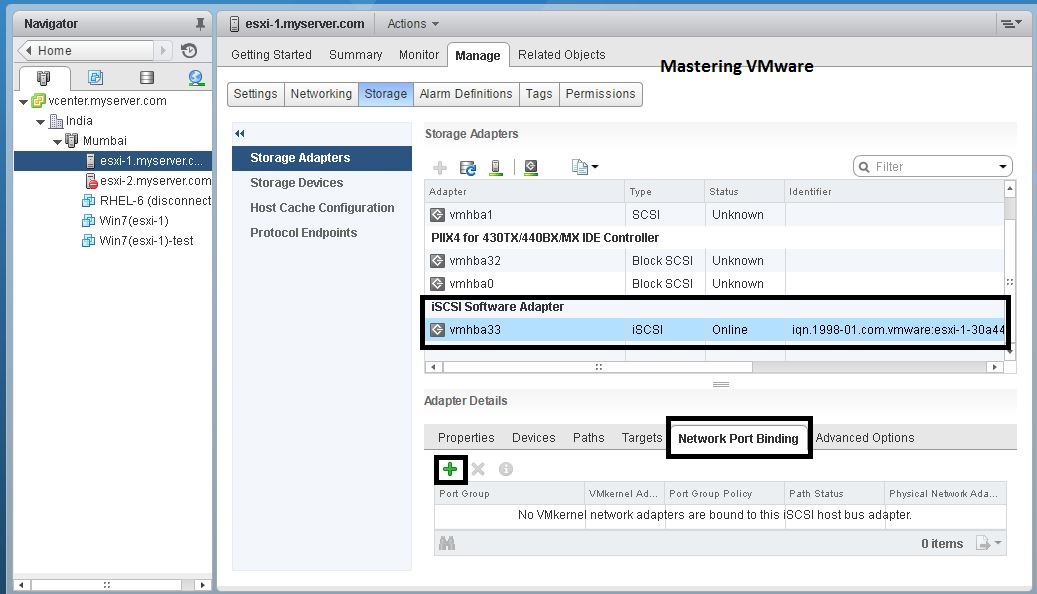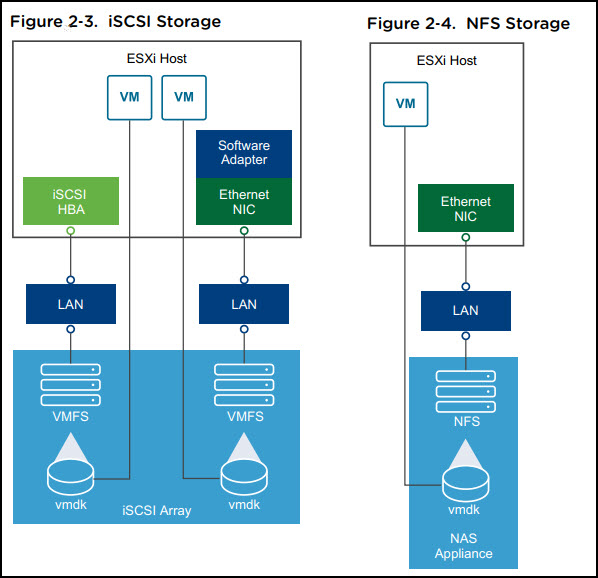
I have two PGs, so I need to create two vmkernel ports. Enter as appropriate.įinish the vmkernel adapter wizard. The vmkernel ports will be named vmk1, vmk2 etc. If you want additional services to use this vmk, choose them. If one does not show up, it means you deselected that option when creating the DvSwitch. You will now want to choose browse and choose a port group from the DvSwitch to associate the vmkernel port to. This takes you through a familiar wizard for creating standard vmkernel adapters. So select your host and choose “New adapter”. Since I am using template mode, I will do this on one host and then use the wizard to propagate the configuration to the other hosts. This will apply the same NIC/uplink config to each host. Now that the template host is done, choose the “Apply to all” to the rest of the hosts:

Do this for each NIC/uplink pair on that first host. Now either choose auto-assign uplink, to have vCenter choose which uplink to assign to that physical adapter, or pick one yourself. On the template host, choose your NIC and then click “Assign Uplink”: Now choose the defaults to add physical adapters and vmkernel ports: If you choose the template option, follow these steps: The process is basically the same, except you need to repeat wha Template-based host configuration If your hosts have different configurations then you will need to not use the template mode. For large environments (lots of hosts) I highly recommend using this option. If all of your hosts are the same (hopefully they are) you can select the template option below. Note that this step and the next can be done in one wizard, but for the sake of understanding I will split them out. Now right-click on the DvSwitch and choose “Add and Manage Hosts…” If you have a special VLAN you can add it here. Give the PG a name and accept the defaults (unless you know you need changes): Right-click the DvSwitch and choose “Distributed Port Group”, then “New Distributed Port Group”… I plan on using two NICs, so I need to create one more port group (since the first wizard creating. Therefore, for each NIC, add one port group. In DvSwitches, this vmkernel port inherits the physical NIC configuration of the port group. This is due to the fact that your vmkernel adapters, when used with iSCSI, must be connected to one and only one physical NIC. Now depending on how many physical NICs you mean to add to your iSCSI initiator configuration dictates how many port groups you need. Now you will see a new DvSwitch created, with an uplink object and your port group(s). I will give the port group the name iSCSI-PG1. This is how many physical NICs each host will be contributing to this distributed switch. The next screen choose your version, basically whatever the minimum version of the hosts participating in your DvSwitch is the version you should choose. I am going to use iSCSI to make it easier to identify from my others. The first step, if you haven’t already done so is creating the distributed vSwitch. Under the networking tab, right-click on your datacenter, choose distributed virtual switches and then “New…”
#Add iscsi storage in vmware vsphere 6.5 software
If you are not, then just the standard software iSCSI setup (as described in the above 1st post) is needed.

This is of course assuming you are doing port binding. Nothing profound here, basically a walkthrough. So with the amount of questions I have received on it, it is probably worth putting pen to paper on it. I have seen a few posts on doing this with the old C# client, but not the vSphere Web Client.


These have been on various parts, but primarily the setup around standard vSwitches, which generally, in at least in larger environments, is not the norm. Setting up iSCSI with VMware ESXi and the FlashArrayĬonfiguring iSCSI CHAP in VMware with the FlashArrayĪnother look at ESXi iSCSI Multipathing (or a Lack Thereof) I have written some posts on iSCSI in the past, around setup:


 0 kommentar(er)
0 kommentar(er)
